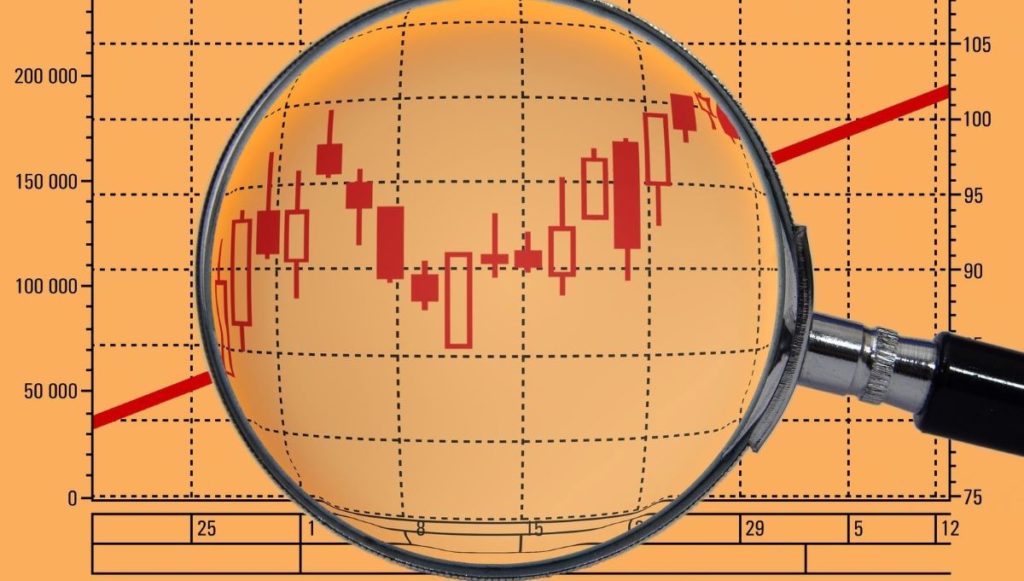Featured image from Sazonoff on Yay Images
Most experienced Forex traders rely on more than one indicator.
However, beginning traders often feel overwhelmed by the number of indicators available. Should you use them all? Pick only one or two?
If you’re just starting out as a Forex trader, how can you know which indicator is right for you?
RELATED ARTICLE: HOW TO START A BUSINESS BASED ON YOUR BEST TALENTS
What Indicators Do Experienced Traders Use?
If you’re brand new to technical FX trading, you might think that your best bet would be to do what the masters do. In other words, all you’d need to do is follow the lead of some traders you admire and choose the indicators they use. Right?
Well, maybe not. An indicator that works well for an experienced Forex trader might not be all that great for a beginner.
For example, the MACD is a sophisticated and versatile Forex trading tool. However, all that sophistication is more than most beginners can deal with when they’re just getting used to the market.
Okay. So What Is a Good Indicator for a Beginner?
When you’re first starting out, you have a whole lot to learn. There’s everything you need to know about the market itself, for one thing. Then you need to choose a trading strategy and develop your routine.
That’s why most experts will tell you to take full advantage of your broker’s Forex demo account for the first few weeks at least.
Over time, you can educate yourself about the various indicators, learning each indicator thoroughly as you go.
However, in the beginning, moving averages are the best indicator for beginners.
Why?
It’s because when you use moving averages in your Forex trading, you’ll be learning the basics. Most of the other more sophisticated indicators are based on moving averages anyway.
So once you graduate to those more advanced indicators, you’ll have a better understanding of how they work. This can only be to your benefit in the long run.
Are There Others?
Of course there are other indicators that are relatively simple to use, especially in the beginning. For example, the relative strength index (RSI), used in conjunction with moving averages, can bring more clarity to your trading strategies.
Many traders agree that moving averages, whether simple or exponential, can be frustrating to work with because they give you only a limited amount of information. But you can use RSI along with moving averages, confirming one indicator against the other, before jumping into the market.
How Does the RSI Work?
The relative strength index works by reading the price action. In other words, it looks at currency pairs and determines whether a particular pair is being oversold or overbought.
If the price moves more than 70 in either direction, you’ll know the market is likely about to change direction. This gives you an opportunity to make a move.
Use Them Together for Best Results
Both the RSI and moving averages, used together, provide a good place to start for beginning Forex traders.
Once you master these two indicators, you can begin to learn about other more advanced ones.
It’s true that these two are fairly simple to use. However, they are versatile nonetheless. And they will help you to learn about the market as you develop your Forex trading strategies and gain experience as a trader.
